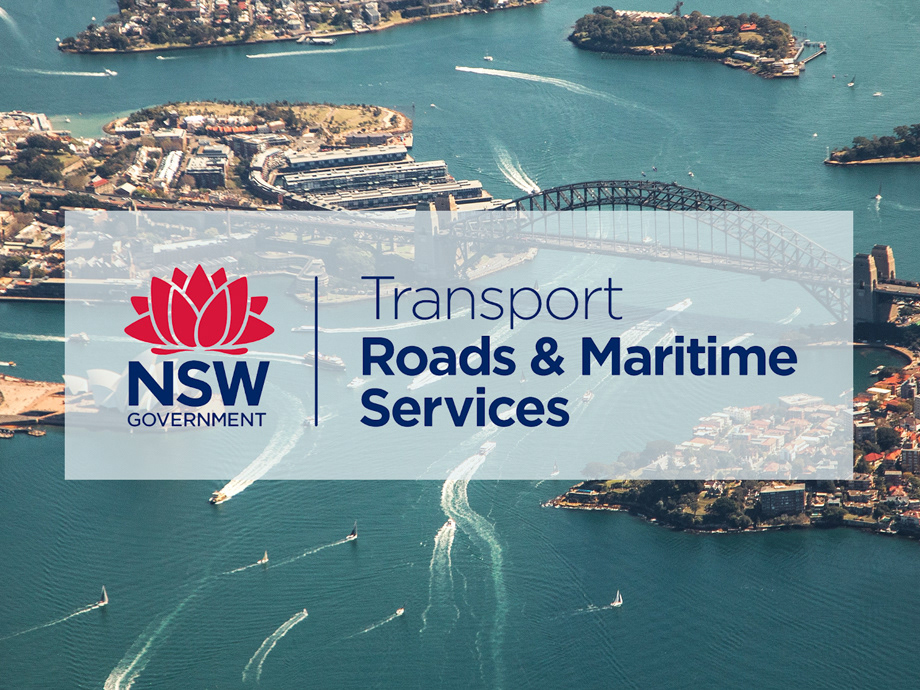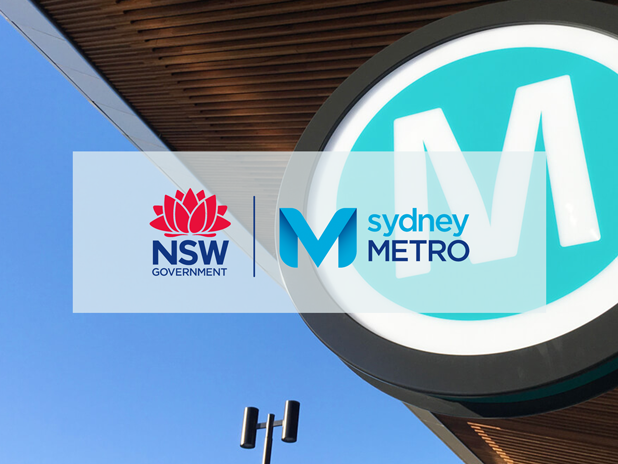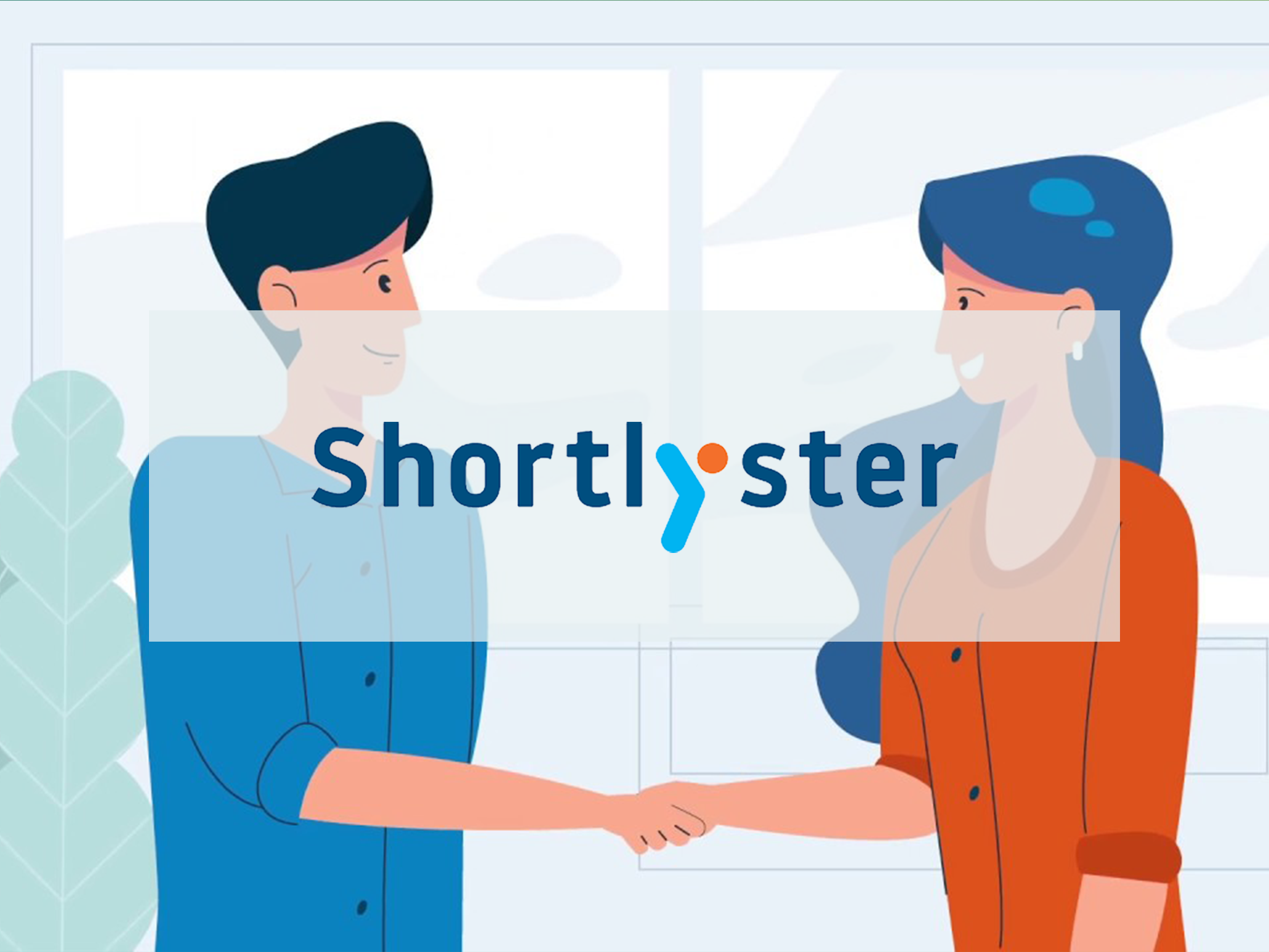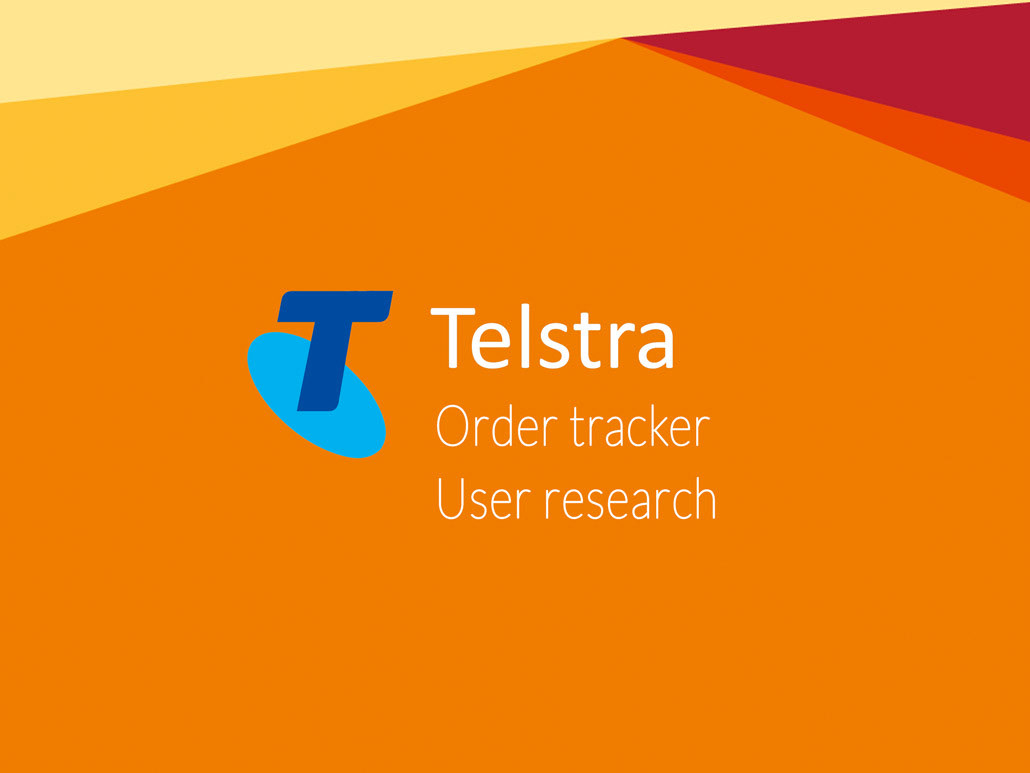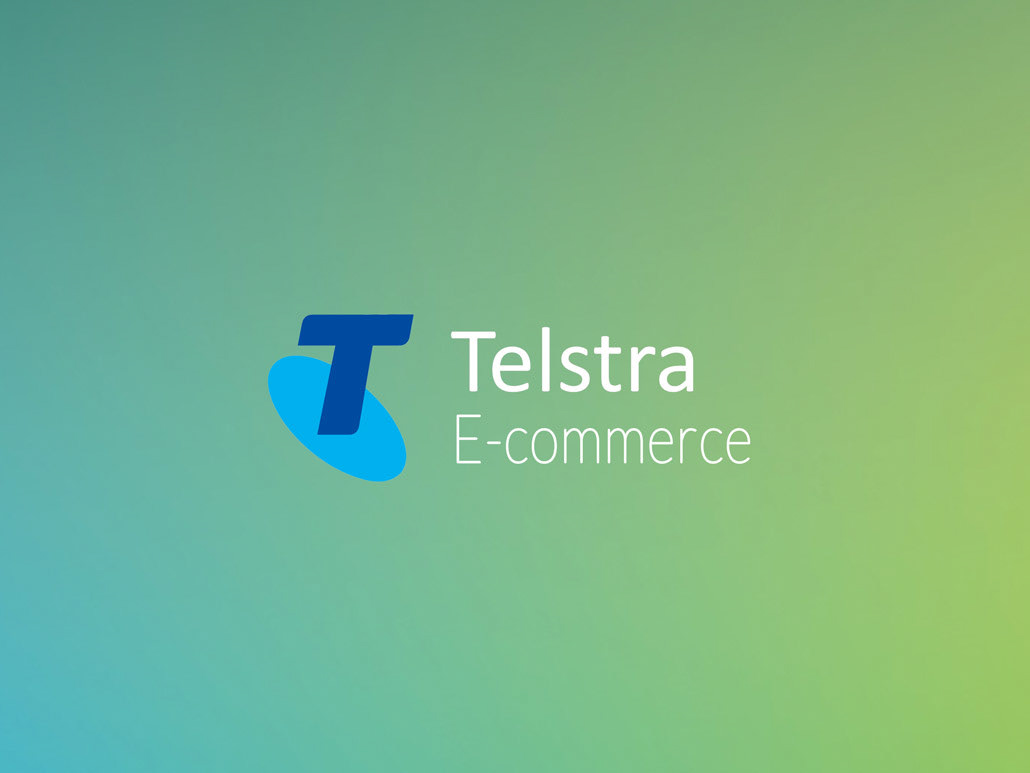UX design and design operations lead
User testing | User Story Mapping | User Research | Customer Data Analysis | Information architecture | Backend Solution Alignment & Mapping
The Problem
Telstra had recently released their new customer account management app, 'MyTelstra'. The first release of the app was only catered towards customers who had a mobile phone plan.
The problem we looked to solve was, how can we design and build functionality and utility that supports the unique needs of NBN customers whilst maintaining consistency with existing services, flows and design patterns.
The Goal
Build an understanding of the specific needs of NBN customers through analysis of customer and use data, customer research and user testing.
Use this understanding of the customer to inform and enable backend requirements, ensuring the data and information the customer desires is accessible and relevant.
Overview
As part of a newly formed agile team tasked with bringing Telstra's NBN proposition live in MyTelstra, I, as a UX design and design operations lead was responsible for managing and executing design related functions. This included; design research through various forms of user testing, customer data gathering, interpretation and analysis and ensuring developers and the backend solution was aligned to our vision.
Processes
Customer Research and Testing
MyTelstra had been built with the mobile customer in mind, therefore it was essential to build a better understanding of Telstra NBN customers in order to deliver them a product which serves their specific needs.
Gathering intel, data and intelligence internally from customer data centres and experts allowed for a better understanding of customer use cases, a holistic view of customers' NBN journey and the features and services they actually use. This allowed me to prioritise designs and solutions that were customer centric and solved customer, rather than business problems.
Coupling customer data with consistent rounds of user testing allowed me to iteratively test hypotheses formulated through customer data and optimise our designs to cater towards our specific customer needs.
Ultimately, pairing the power of customer data with the richness of user testing allowed me to take solutions to senior stakeholders with confidence and empower decision makers to progress with a meaningful solution.
Insight into international calling
One very loud and unruly participant
Stakeholder and solution alignment through design ops
MyTelstra consists of numerous agile design & development teams working at light speed to launch features and functionality into the app. Whilst we were quick to release features, this meant that collaboration, consistency and information sharing was often lost and duplication of work across teams was prevalent.
Through championing design operations across the MyTelstra design teams with the systematic and persistent gathering of designers, designs, past research, backend functionality and solutions I set up a regular cadence of collaboration and critique. This ensured a level of consistency across all MyTelstra service offerings, buy-in from all designers across teams, the de-duplication of work across teams and, as a result, a unified and intuitive customer experience.
On the development side, it was crucial to understand the backend systems to have understand what we can currently deliver and what we can push to deliver in future releases. Maintaining consistent and open communication through showcases and workshops with developers and solution engineers ensured we were able to deliver customer centric solutions in the tight timeframes that adhered to the backend constraints as-well as producing a backlog of further enhancements to further improve the overall customer experience in later sprints.
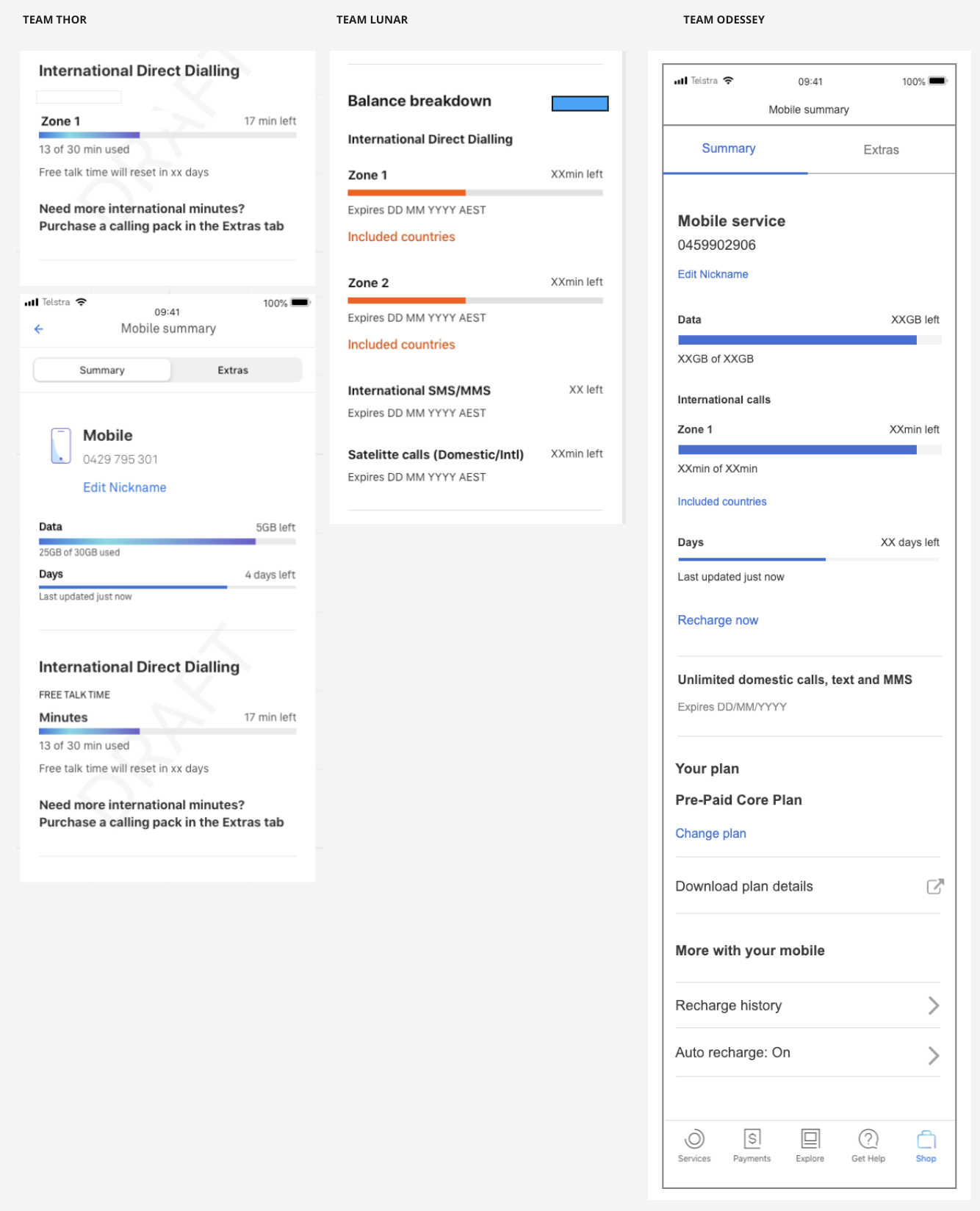
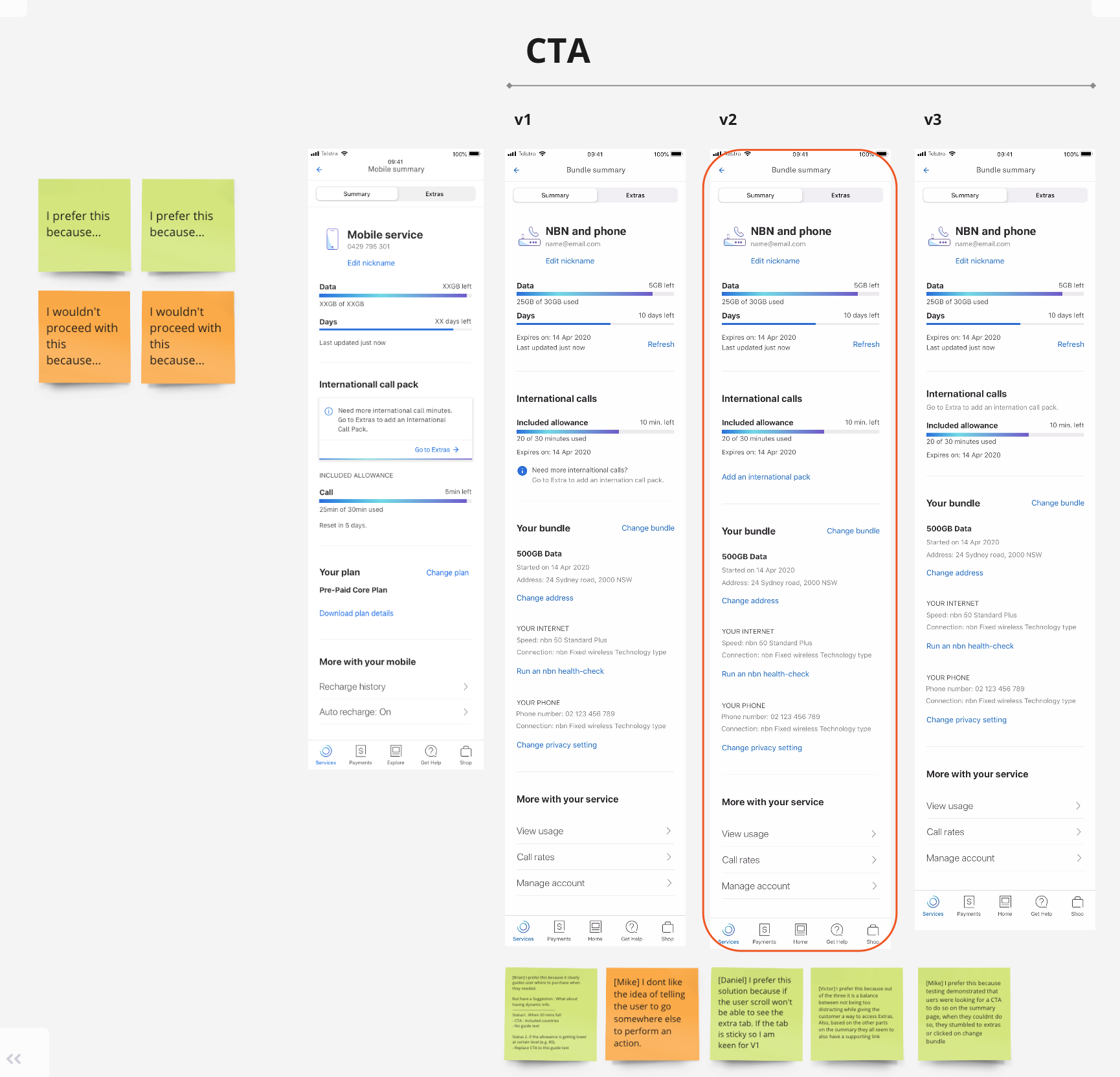
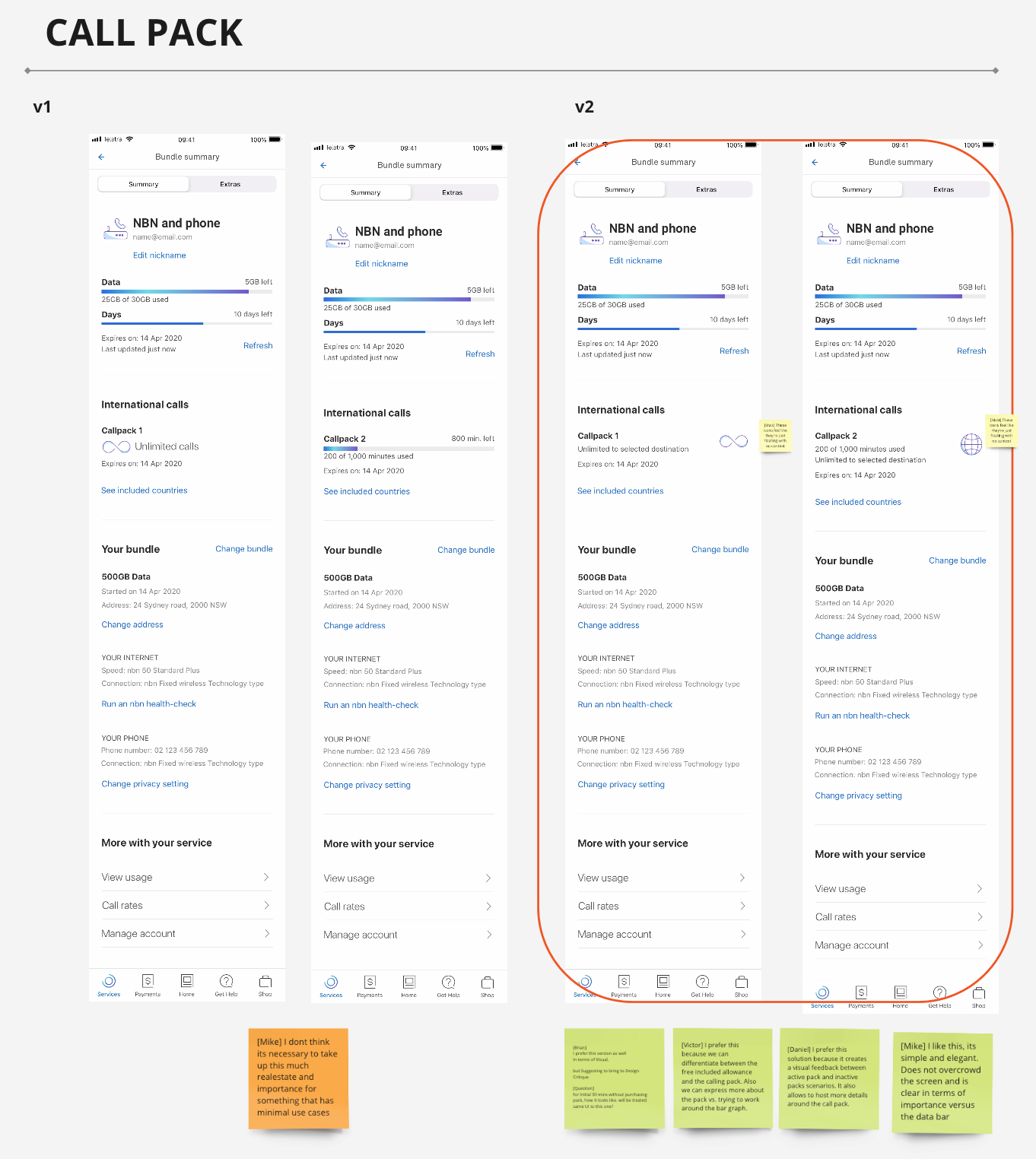
Examples of aligning designs across teams through workshops and design critique
Outcome
Through this collaborative, customer centric approach to agile development we were able to deliver NBN features into the MyTelstra app that catered towards the unique profile of our customers. Developing a rhythm of collaboration, process and showcases ensured all stakeholders have input on the outcome and ensure the solution is feasible, viable and desirable.
